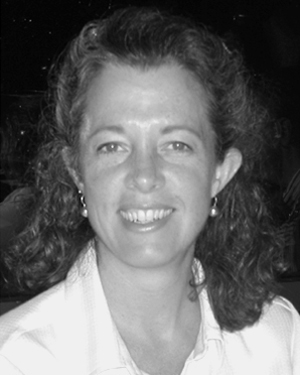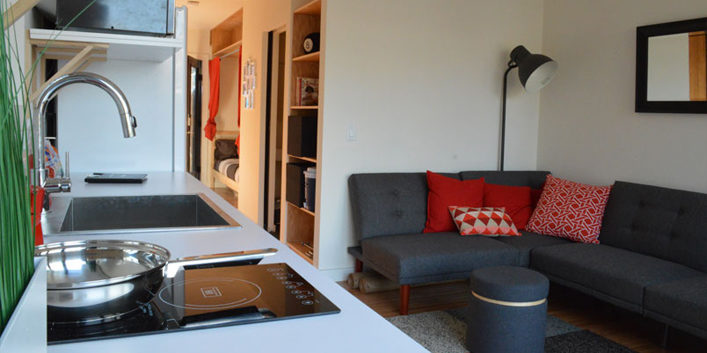The best day job

My experience at the BSA was as a staff member, wholly different than the experience of the hundreds of architects and other building-industry professionals I was fortunate to work with. And, although I came as an employee, I believe my interests and values were sympathetically, nigh perfectly aligned with the interests and values of the creative and energetic BSA volunteers, which was one of the reasons I stayed for 15 years, the majority of that time as deputy director.
The other reason I stayed was Richard Fitzgerald. I had never had a mentor before, and, in the 15 years that we worked together, he profoundly shaped my understanding of people, work, and myself. We had fun.
I was lucky that my time at the BSA fell mostly between the recession of the early 1990s and the crash of 2008. When I started as a part-time receptionist, there were six employees and no cash reserves, we were underwater with the mortgage of the Architects’ Building, and a generation of architects had left the profession. As the economy improved and new electronic tools allowed us to reach a wider audience, we were able to grow programs and membership, refinance, ultimately pay off the mortgage, and build reserves—$4 million when I left at the end of 2009.
Running the business of the BSA was fun and challenging, and I remember happily many programs and initiatives: the launch of ArchitectureBoston (which Richard and I often noted we would not have undertaken if we knew anything about publishing); the research grant program that supported both young and established designers; the partnerships with other building-industry associations that were at the core of Build Boston’s success; the support for young designers both at home and nationally; the BSA’s leadership in the national diversity effort, including the 20/20 Vision conference in Boston; the work we did with Ted Landsmark and the Boston Architectural College to launch the Community Design Resource Center; and the support we gave to Learning By Design in Massachusetts that helped formalize a program run by one dedicated individual into a program that reaches hundreds of children per year.
During my tenure, the member-driven committee structure launched huge initiatives, including the Civic Initiative for a Livable New England, focus groups on the South Boston Waterfront and Washington Street, legislative initiatives, school design initiatives, housing initiatives…too many to remember. In my last year, BSA leaders worked with the new administration, Governor Deval Patrick’s, to articulate design goals for the state.
Programs and initiatives aside, what was fundamental to the BSA’s success was the inclusive philosophy, the open door that welcomed anyone with interest to join a committee, come to an event, or launch a good idea. Following the principle that good architecture and urban design does not happen in isolation, that it takes a team of consultants, clients, contractors, legislators, regulators, elected officials, and citizens to create dynamic buildings and cities, we embraced a truly inclusive—and at that time unique in the AIA—operating mandate that all were welcome. Leaders from other AIA chapters often asked how the BSA became so strong and profitable. When we explained that being open and inclusive was the engine that powered our success, we sometimes heard how that wasn’t allowed, that the AIA was for members only. We politely disagreed.

As an artist, I understood that a day job was necessary to support myself and my artwork. When I landed at the BSA, I learned that a job could also be creative, empowering, and contribute to the greater good. I have never stopped making art, but making art is, for me, a solitary activity, and at the BSA, I gained the deeply rewarding pleasure of doing good work collectively with a community of smart, creative people. My artwork changed as my interest and engagement in my day job changed—both matured.
When I began working at the BSA, my son was a toddler, just beginning to talk in sentences and amazing me every day. When I left the BSA, he was months away from graduating high school, a confident, talented, and smart young man (and still amazing me every day). I believe I was a better mother because of my work at the BSA, a better artist, and a better citizen. I have taken the lessons I learned to other jobs and other communities, spreading the value of being inclusive, opening doors, and doing good work.
Nancy Jenner, 1994–2009 BSA deputy director

